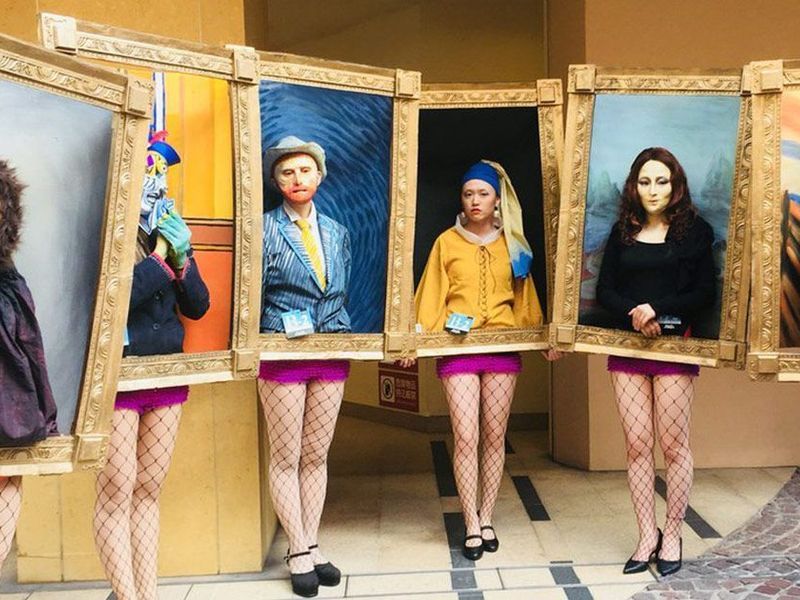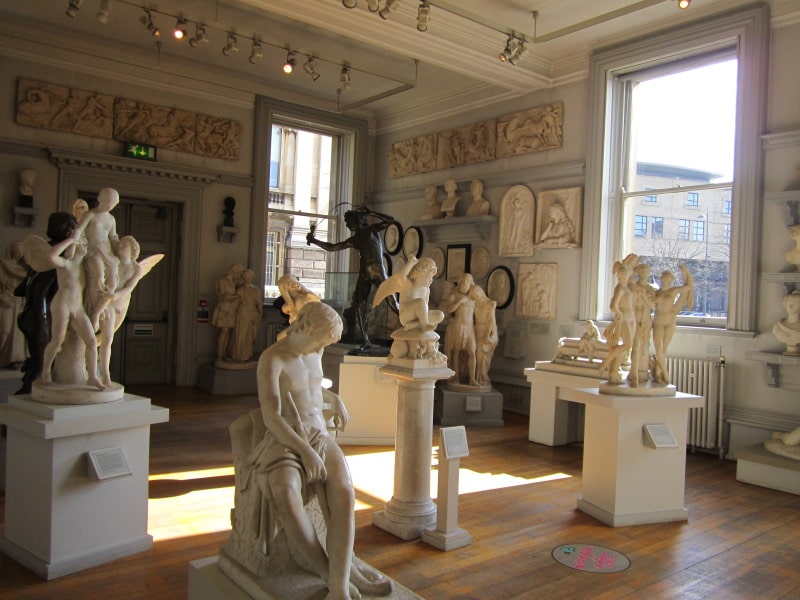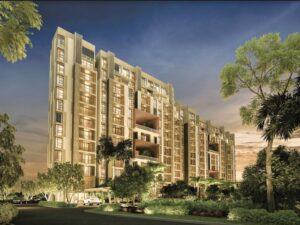Self-organizing gallery spaces of contemporary art

A museum in the classical sense is outmoded. The form of organization, like collecting, storing and viewing works of art, is outdated. Visitors to museums and galleries are increasingly attracted by the idea of becoming part of the process, from participation in performances to educational courses.
Cooperation and collaboration between artists, curators and museums themselves is complicated by established processes and conditions. Expensive rental of the exhibition hall, high percentage of sales, the need for a solid portfolio, the popularity of the artist – hinder the development of the art community.
Self-organizing gallery spaces, which are a symbiosis of the work of artists, curators, gallery owners and art critics, enter the arena.
What is self-organization in art?
People work together and cooperate with each other to do what one cannot do alone. Although many of these efforts are informal, they nevertheless require a common understanding of who can do what; the skills, abilities and attitudes of the people in the neighbourhood. Third places serve to sort people according to their potential usefulness in collective enterprises. Related to this is the function of the third place as an organizational unit.

The self-organising art gallery is primarily the third space where energy, time and interests of the participants are accumulated. There is a continuous dialogue between them. This is the intersection point where the opinions of the parties will be heard on equal terms.
Artists and curators take part in self-organization for one good reason. To bring art freely to the viewer. Without the pomp of museum history, complicated relations with the system, grants and expectations of fame, participants work in one direction to achieve a single goal.
The advantage of a self-organizing gallery lies in the wide web of artists, art critics, gallerists and curators. Actors change in a constant stream, which guarantees fresh perspectives, bringing new ideas and aesthetic preferences.
The impact of self-organizing artistic space on the environment
Such spaces are the circulatory system of culture, a kind of cut of the cultural layer of the city, the country. The appearance of independent art galleries directly affects the environment and raises the local cultural level.
Modern spaces that do not have the financial support of municipal institutions, the state or individuals have to open in areas with low rental rates. Almost always the choice falls on former factory and industrial zones.
The development of artistic activity directly affects the image, increases the social and structural level of industrial areas. Gradually, more local residents and tourists are interested in unfavourable territories of the city, which provokes investment inflow.
Self-organization in art is resorted to in different countries of the world.
The goal of the ever-changing team of curators is to combine the works and views of famous artists with the works and views of unknown artists who are chosen specifically for this space. To give the opportunity to express themselves in union with established masters.
Artists and curators who want to join the team of the self-organising space in Cologne must be recommended by the outgoing team member. This flow of staff entails a variety of new ideas and visions for the gallery’s work process.
It is the first site that has combined an art gallery and workshops on the principle of self-organization. The gallery provides an exhibition space for artists, which allows them to work productively and realize themselves by holding personal or group exhibitions.
The possibility of direct communication between the author and the viewer is useful for creating a beneficial environment. The gallery’s team is guided by the principle that dialogue between man and art gives rise to a healthy position based on respect and acceptance of the new, which is necessary for a healthy society.
The future of art behind self-organizing artistic spaces
Self-organizing spaces are a long-term construction of a desired future for art, not a short-term investment. The emergence of self-organizing art spaces is a new level of art development and the relationship between members of the art community. Self-organization destroys established stereotypes about the work and role of curators, artists, critics and viewers.
During the work in the gallery art sphere it became obvious that today self-organizing, independent art spaces are an obvious part of urban art spaces. Independent art galleries offer a new approach in creating a place where artists and other members of the art community exchange ideas, learn from each other, and create in collaboration with each other.
Galleries, foundations, museums, project and creative spaces collaborate with resident artists. The work of the institutions is aimed at obtaining recognition in the present period of time. Self-organization omits the moment of momentary importance and emphasizes the dialogue between participants of the process.





